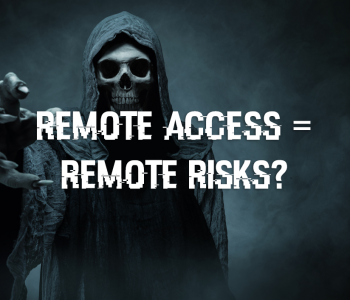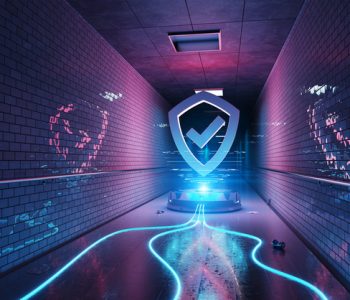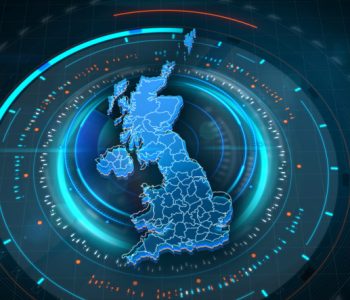 Education
Education
Protective DNS (PDNS) by NCSC UK adds UK schools
This week NCSC have begun accepting UK schools for access to the PDNS.
https://www.ncsc.gov.uk/blog-post/introducing-pdns-for-schools
to register (if you are eligible) use this URL: https://www.protectivedns.service.ncsc.gov.uk/pdns
you can view the terms and conditions here: https://www.signin.service.ncsc.gov.uk/terms-and-conditions
PDNS is a protective DNS service which helps protect public sector organisations (and private sector services who deliver government services)
- Government
- Healthcare
- Local Authorities
- MOD
https://www.ncsc.gov.uk/information/pdns
PDNS is delivered by Nominet. Read more “Protective DNS (PDNS) by NCSC UK adds UK schools”







